While in Munich, I got to visit Nymphenburg Palace. Nymphenburg Palace is located west of Munich's centre and came to life in the mid-1600s and was a gift from the Electoral Price of Bavaria to his wife, Italian Henriette Adelaide for the birth of their son. The palace was a summer residence and designed in the Italian villa style. Henriette called the palace the "abode of the nymphs", and she envisioned being dressed as the goddess Diana while at the palace. She died in 1676, before the work was completed.
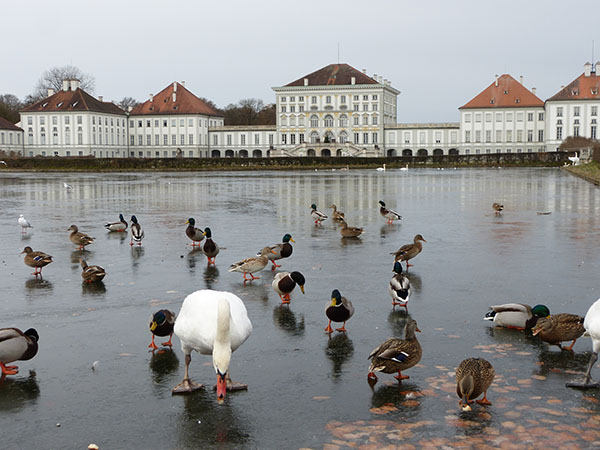
Over the next several decards, the palace was extended. In the early 1700s, the expanded rooms took a French character because the main designer was French. This is when the courtyard was constructed as well as the gardens and ponds in front of the palace, and they are laid out in the French style. The gardens were used for entertaining, relaxing, and games, and water features and canals played a big part.

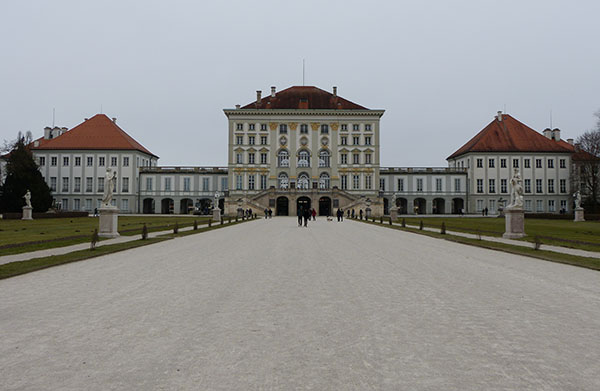
In the 1700s, the palace was the summer residence for the Bavarian Court and used between the months of May to September. In the 1800s, the palace was used less frequently and not updated. The gardens were updated, however, as the new owners (who became the first King of Bavaria) was interested in nature. The gardens were transformed into the subtle English garden, but the canals were kept and more landscaping was added throughout the century.
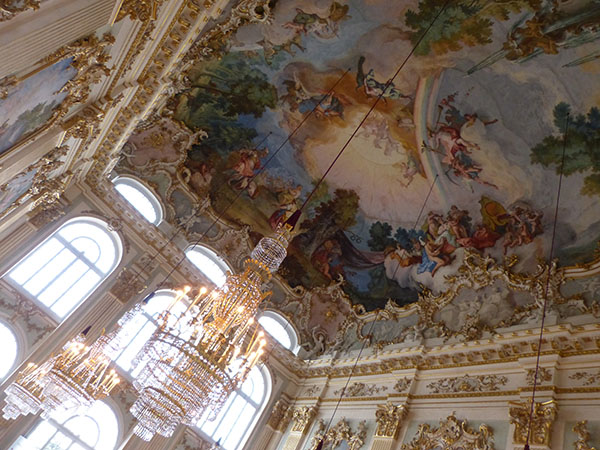
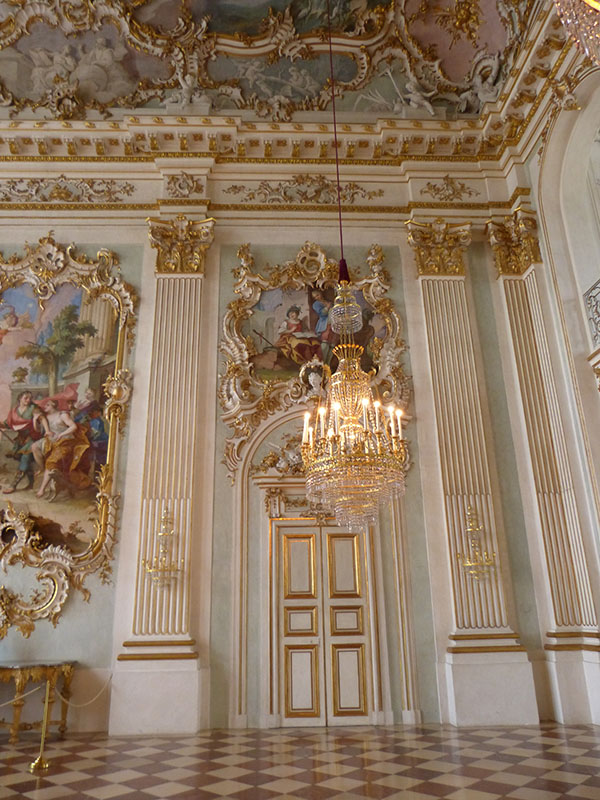
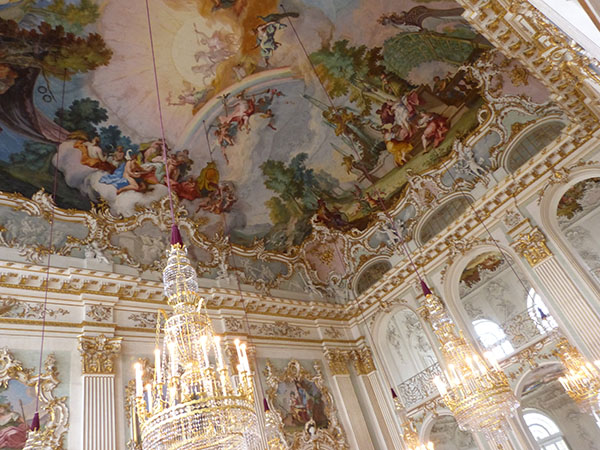
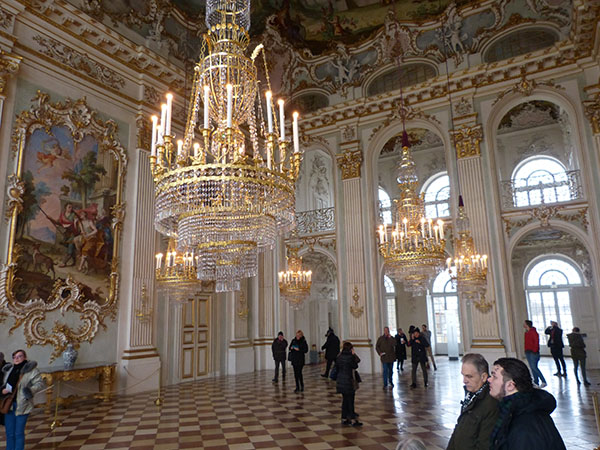
The Great Hall was the centre of the palace and a beautifully-decorated and light room. The ceiling design was created in the mid-1700s and shows nymph and flower goddess Flora in an arcadian landscape.
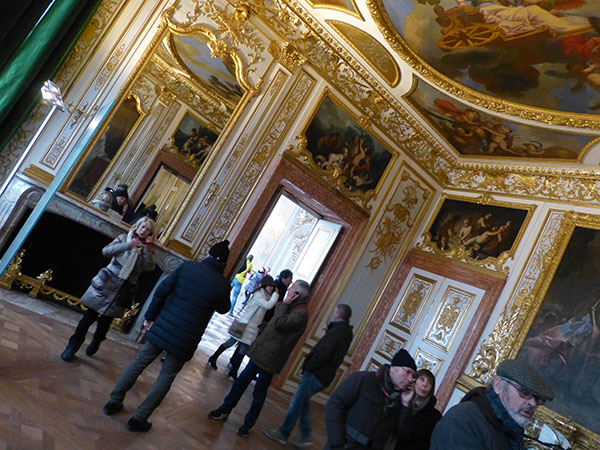
The room off to the side of the Great Hall was also decorated well. We also explored the other rooms.
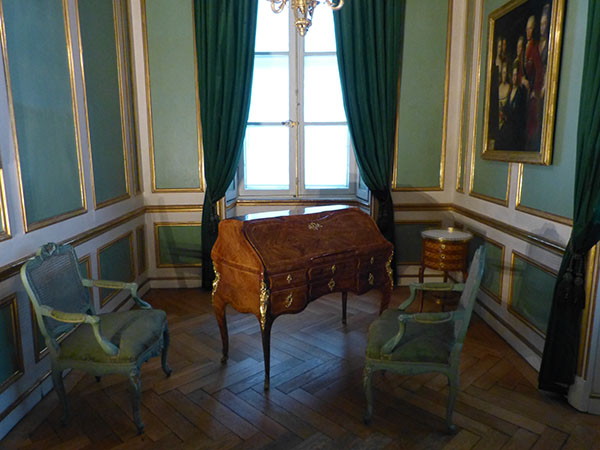
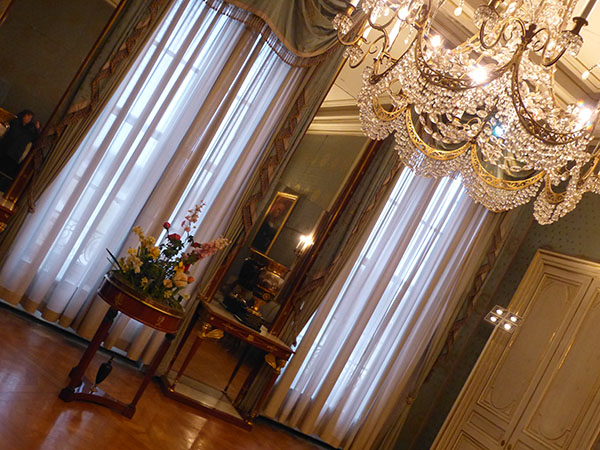
One of the rooms held the collection of King Ludwig's 'Gallery of Beauties', a series of 36 portraits that were commissioned by the king based on his personal preferences of beauty. The women and girls were from all social statuses.
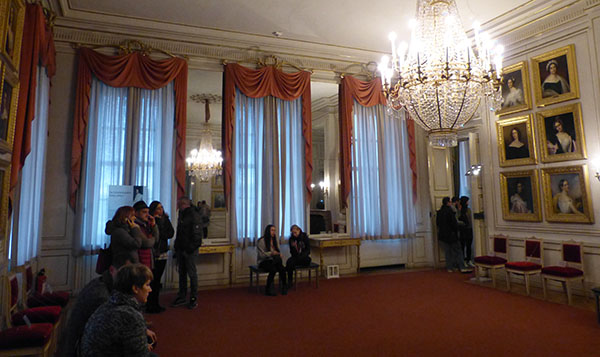
King Ludwig's bedroom is photographed below.
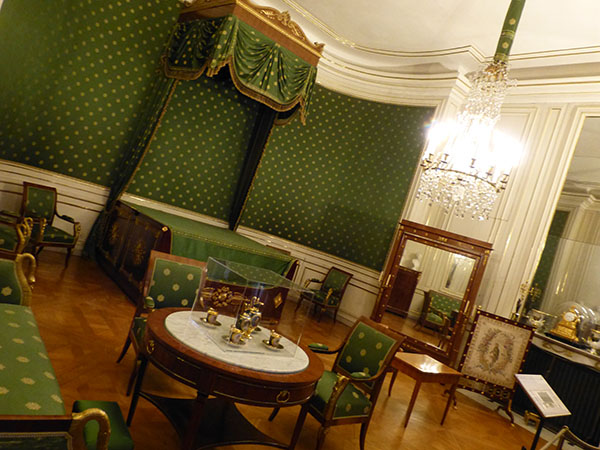
The Queen's Study has a round table made of exotic wood, and the decoration of the room has Egyption influences, which was the fashion of the time in the 1700s; the room has not been touched since then.
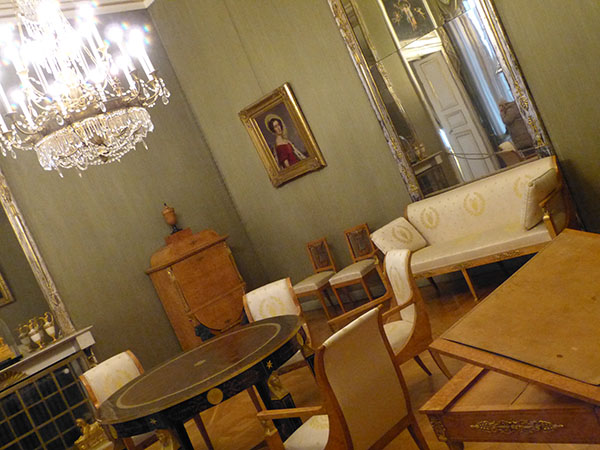
The Queen's bedroom is the location where prince Ludwig was born in 1845 to his mother and king Maximilian. King Ludwig, who became king at a young age, did not have a great relationship with his mother and he was later removed as king.

The Chinese room was built at the time when eastern influences were in style.
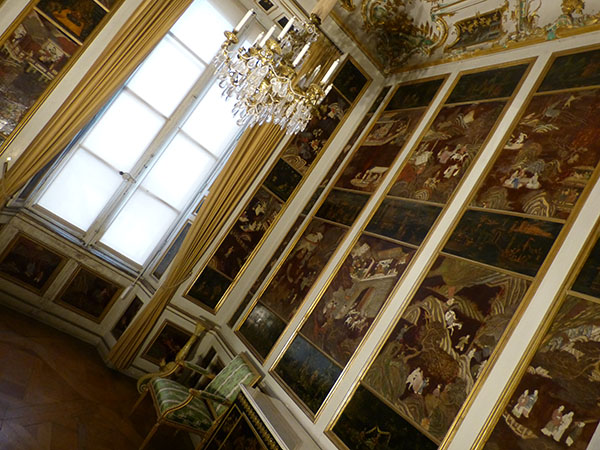
After the tour of the palace, we wandered to the stables in an adjacent building. The stables currently hold a collection of carriages and sleighs, and upstairs is a collection of china. The carriages and sleighs range across different eras and were designed to look lavish.
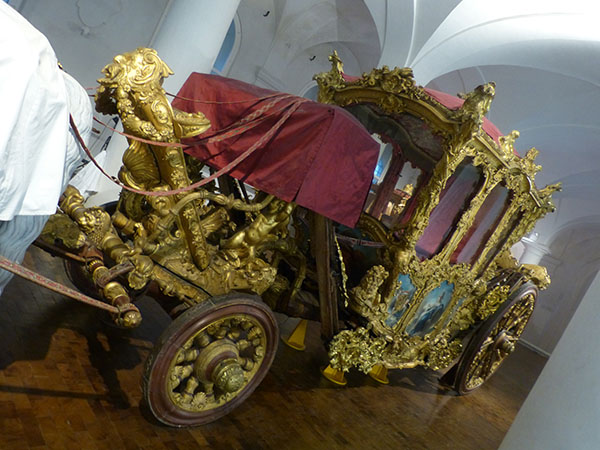
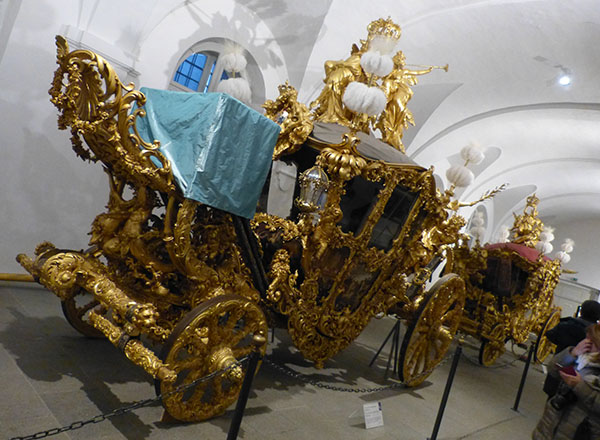
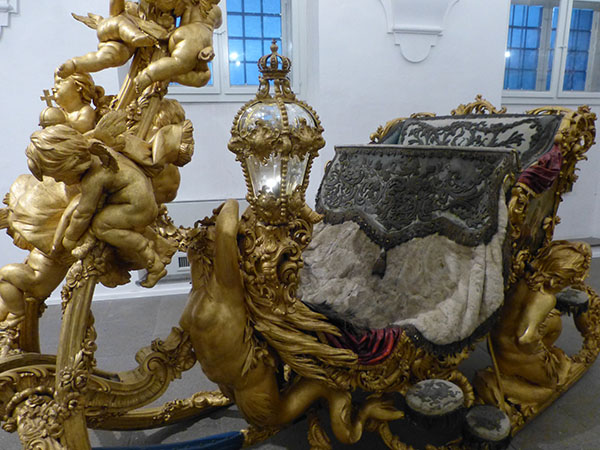
Have you ever been to Nymphenburg Palace?
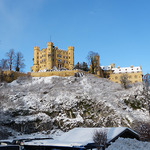
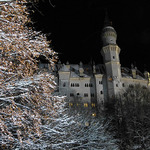

Leave a comment